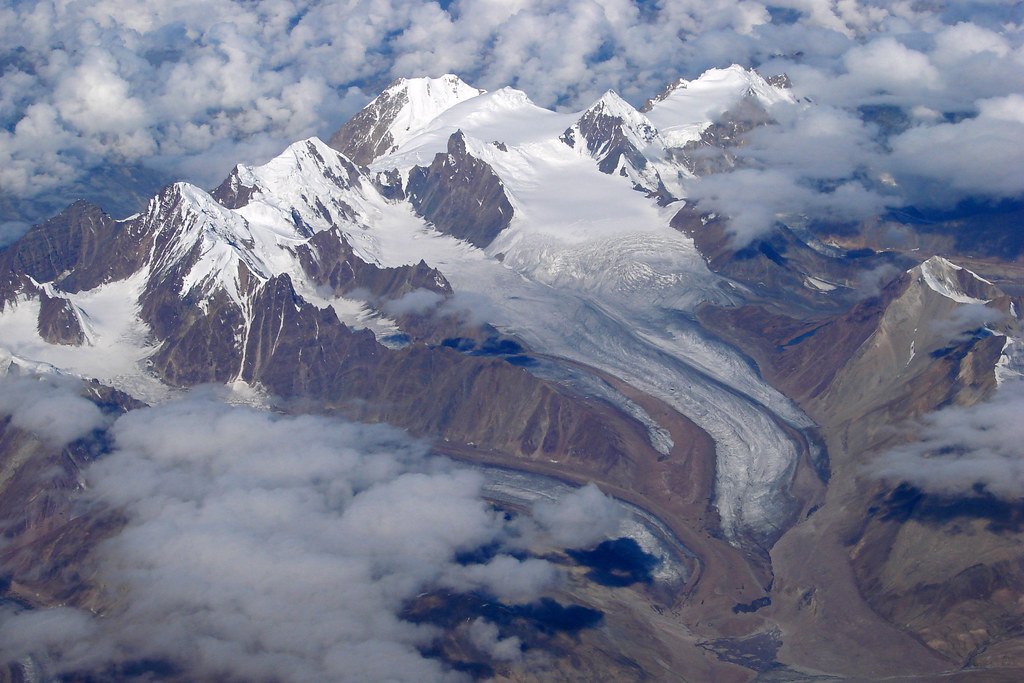Media Release
From: AAASHimalayan Ice Loss Doubled in Recent Years, Cold War-era Spy Satellite Data Reveal
According to a new report based on declassified Cold War-era spy satellite film, Himalayan glaciers are receding twice as fast now as they were at the end of last century, consistent with increasing temperatures in high-mountain Asia. Even as shrinking Himalayan glaciers pose major challenges to local societies, questions remain about the structures’ sensitivity to climate change versus other ice loss drivers, like monsoons. To better estimate future changes these major edifices may incur, understanding their response to past climate change is critical. This requires a reliable Himalaya-wide record of ice loss extending back several decades, which has been lacking. Here, Josh Maurer et al. took advantage of declassified, Cold War-era spy satellite film and modern NASA satellite imagery to quantify changes in ice thickness in Himalayan glaciers in the last 40 years. By analyzing 650 Himalayan glaciers, representing 55% of the region’s total ice volume, the researchers estimate that, of the region’s total ice mass present in 1975, 87% remained in 2000, and 72% remained in 2016. Compared to ice loss in other major glacier regions like the Alps, say the authors, this ice loss is less negative, though it still shows accelerated ice loss over the last 40 years. Based on data from meteorological stations in high-mountain Asia, which have reported temperature increases of about 1 °Celsius between 2000 and 2016, the researchers suggest climate warming as the primary driver of accelerating melting, though other proposed causes, such as changes in precipitation and albedo effect, may also play significant roles.


